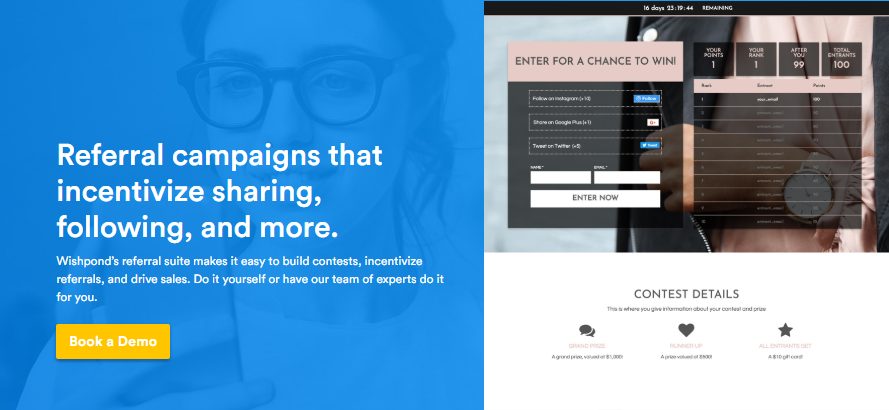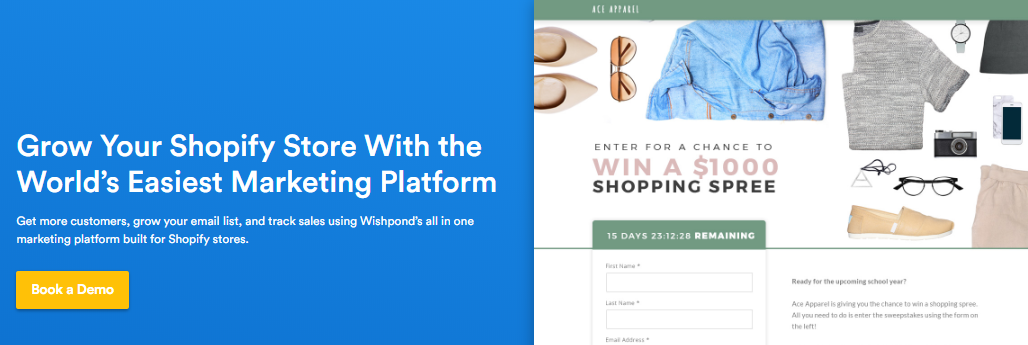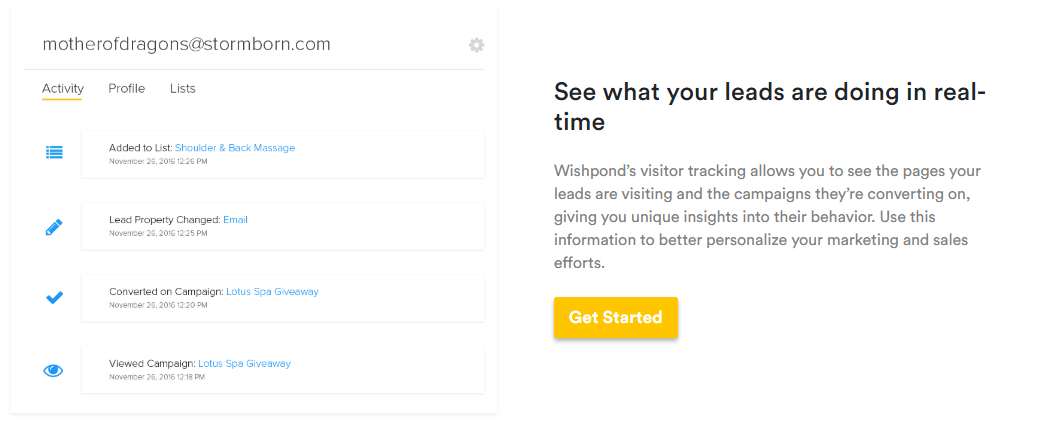Starting and growing an eCommerce store is a worthy investment for any entrepreneur or brand. According to 99Firms’s eCommerce Statistics for 2020, the eCommerce market is not only thriving but expected to be one of the top trillion-dollar industries.
As we know, eCommerce is now a vital part of the online ecosystem and lead funnel. Nasdaq reported that by 2040, as much as 95% of shopping would be facilitated by eCommerce. This means that more consumers will see eCommerce stores as a must-have shopping staple.
As promising as that might be, eCommerce owners, seem to forget one tiny detail. Having an eCommerce store isn’t enough; you have to have a steady conversion rate from website visitors to paying customers.
One of the best ways to increase your eCommerce conversion rate is to improve your eCommerce marketing and strategies. As per Littledata, the average eCommerce conversion rate ranges between 1% and 4%, with global figures standing at 2.58% across all devices.
That means for every 10 persons visiting your store only 1-2 visitors might make a purchase. So, without the right tools and strategies, you could be at risk of going under. So today, I’ll show you 14 of the best eCommerce marketing tips and strategies to boost sales.
1. Reward Your Loyal Customers
Did you know that rewarding your customers for spending more can increase sales and brand loyalty?
Bond Insight reported that around 77% of consumers say a good customer loyalty program makes them more likely to stay with the brand.
Consumers have a wide variety of brands to choose from, so any activity that can foster loyalty is the deciding factor when choosing between your eCommerce store and your competitor.
One of the main reasons rewarding loyal customers is my first marketing tip is that we spend too much effort trying to get new customers.
We don’t realize that retaining customers is also a significant factor in our brand’s success. Approximately 15% of loyal brand customers can generate anywhere from 55% to 70% of total sales.
HBSWK found that increasing customer retention rates by 5% increases profits by 25% to 95%. That’s a big jump.
If a customer is willing to purchase from you once, they’re far more likely to repeat another purchase if their experience was excellent, as opposed to the hard work it takes to convince a consumer who’s never purchased anything from you.
They also found that loyalty programs are a proven incentive to keep customers shopping with you, especially if they can earn a reward.
eCommerce Example: Sephora
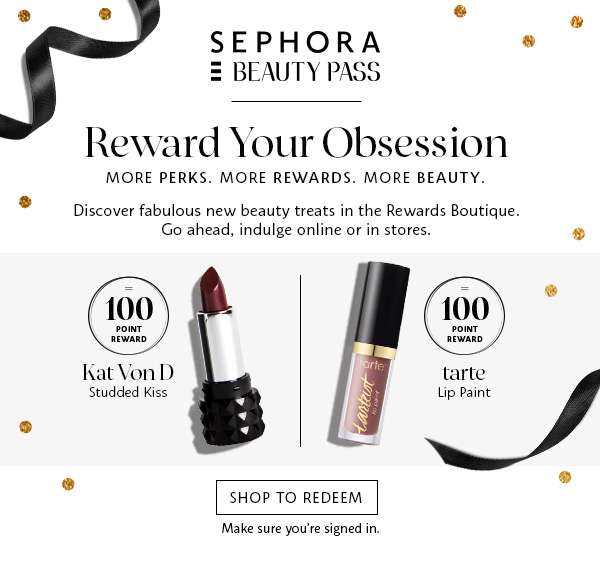
Around 53% of Americans participate in a loyalty program because of ease of use. So, if you do plan to reward loyal customers, your program should be easy to follow and use. No one likes jumping through hoops for free things, no matter how good your products.
Need help building a loyalty program that works? Let Wishpond help!
2. Optimize for Mobile Shopping
Around 51% of online shoppers conduct purchases via their smartphones. That means online shoppers make purchases on their mobile when compared to desktops or tablets.
Having an easy to navigate mobile version of your eCommerce store is an eCommerce marketing strategy you should start implementing for your business.
When an eCommerce site is mobile-friendly, a customer is 67% more likely to buy a product or service online.
With Wishpond’s Canvas, you can easily optimize your website or landing page for mobile. You can choose how your landing pages should be optimized for desktop, mobile, or tablet. Canvas allows you to automatically optimize your landing page for any device to keep your landing page looking sleek and organized, every time.
eCommerce Example: Amazon
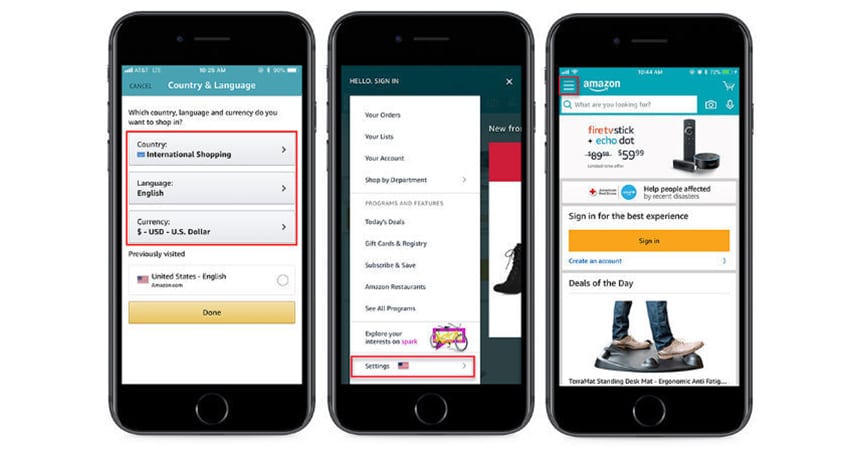
You should also consider investing in a mobile app for your products as well. Marketing Land found that conversion rates from mobile apps are three times higher than mobile sites. eCommerce brands like Zara, Wish, and Shien have created their own apps, using incentives to push downloads.
To get started to check out these E-commerce Mobile App Marketing Hacks to Improve Customer Engagement
3. Optimize your Product Pages with Personalization
Personalization always pays off. One way to boost eCommerce sales is by offering Personalization on your product page.
According to Janrain, 74% of people hate being shown irrelevant content.
Who wants to see products they’re not interested in buying?
With product page personalization, you can improve your conversion rates by upselling your products without customers moving from product page to product page. Smart Insights reveals that one type of personalization (“visitors who viewed this also viewed”) can generate 68% of eCommerce revenue.
But don’t stop there, invest in tracking software and AI to help push recommended product categories based on each website visitor’s browsing behavior. If that’s too much, simply add a section on your product page with suggested complementary products viewers can add without leaving the page.
eCommerce Example: Miss Guided
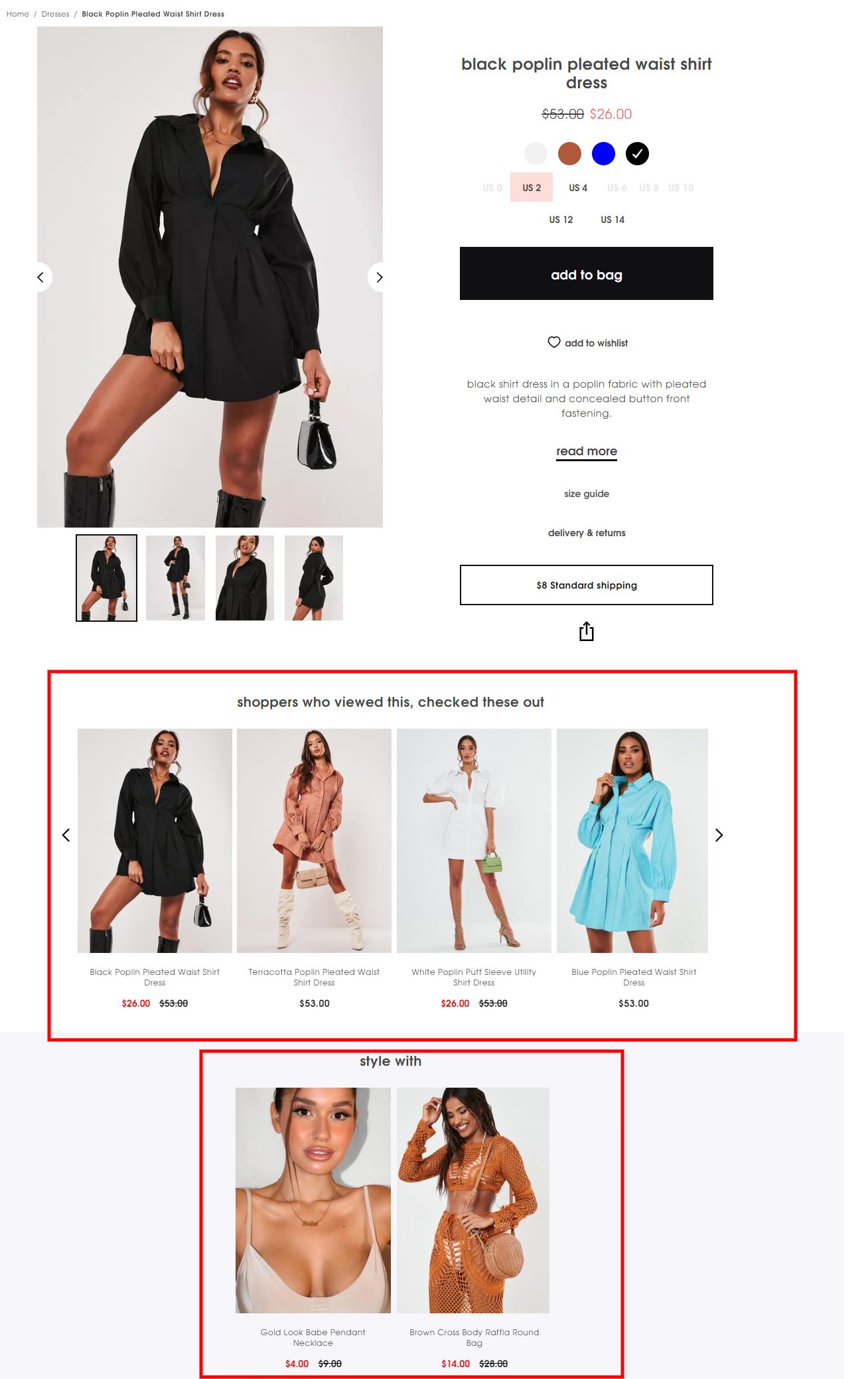
If you need more inspiration for using Personalization here are 15 Times Marketers Won with Personalization
Don’t forget to download and start using your FREE eCommerce Checklist.
4. Create Local Google Ads
Google ads are one of the best eCommerce marketing tools to consider. Google AdWords allows you to boost your SEO presence.
Around 75% is the average conversion rate for Google Ads. Both SEO and Google AdWords are search engine marketing strategies to generate more traffic and leads.
eCommerce Example: Juniqe

Creating Google Ads and seeing results can be two very vast topics, to help you break this down here are some helpful Google Ad guides to help you along the way:
- 12 Reasons Why Google Ads Will Help You Reach New Customers
- Google AdWords: 25 Glossary Terms You Need to Know
- 10 Avoidable Google AdWords Mistakes Only Beginners Make
- How to Create a Google AdWords Plan in 10 Easy Steps
5. Leverage User-Generated Content
User-Generated Content (UGC) is online content created freely by consumers promoting or positively reviewing a brand. UGC is just as trusted as customer reviews posted on product pages.
Nielsen found that 92% of consumers trust other people’s recommendations, even if it’s from people they don’t know.
Proving that UGC influences more people than what a brand has to say about itself. That’s why 75% of consumers claim that UGC makes content more authentic. Even 84% of millennial consumers claim that user-generated content on company websites has influenced the way they do online shopping to some extent.
eCommerce Example: Super Goop
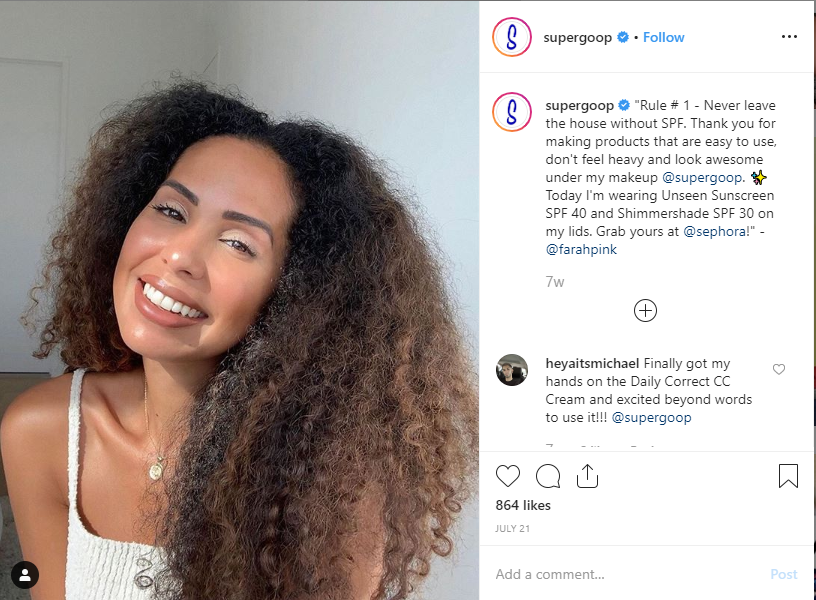
If you lack UGC for your brand, start with social listening. Take a look at who’s tagging you in pictures, mentioning you on social media platforms, and sharing photos with your products.
This is called social listening; you can also use tools like Mention, Google Alerts, or manually search for your brand name in social media apps.
You can also start encouraging people to send you UGC so you can feature them on your social media pages and website.
You can add this to your caption, graphics, or bio. Letting customers know that you’re open to UGC allows them to start creating content for your brand easily.
eCommerce Example: Forever21
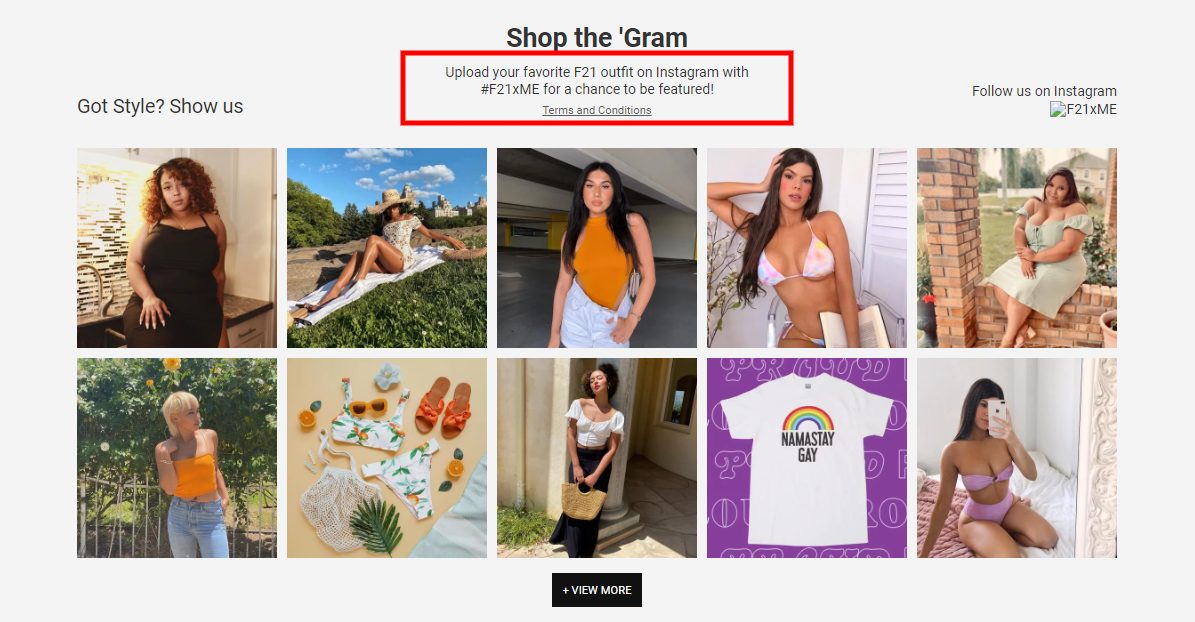
Remember with User Generated Content you can quickly see an increase of 29% in eCommerce conversions.
Check out the 6 Best Brands That Dominate User-Generated Content on Instagram.
6. Allow Customers to Buy Anywhere
With online shopping comes more flexibility to buy products from a brand, whether you’re on their eCommerce store or their social media pages; this is called multi-channel marketing.
eCommerce Example: TopShop
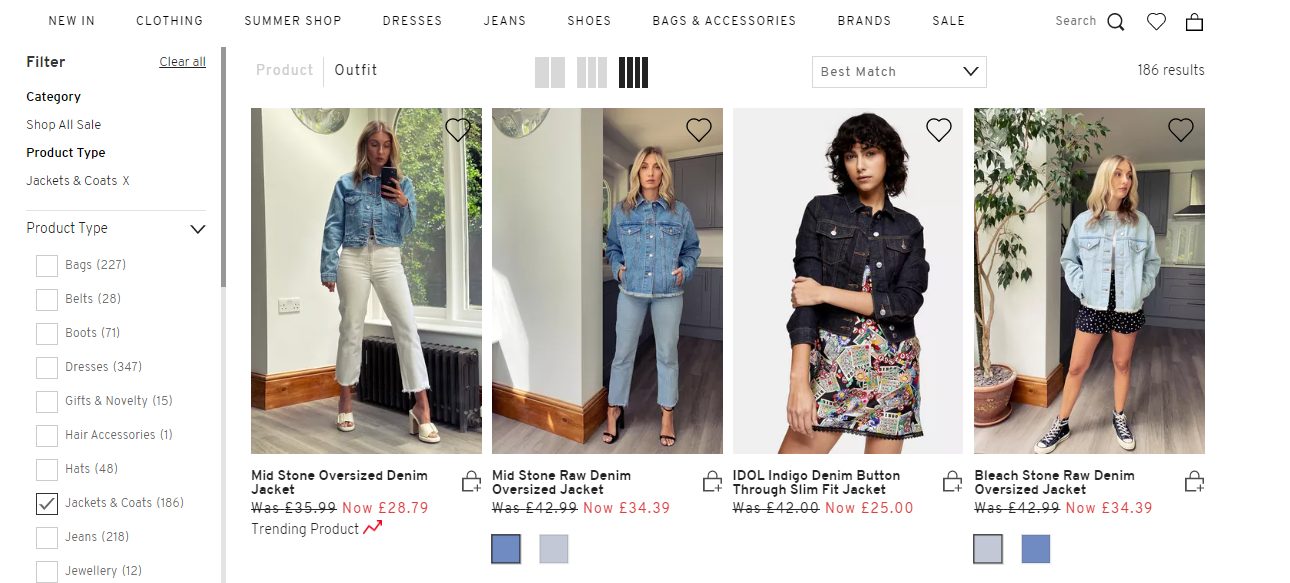
You’re expanding your brand’s reach by using mobile commerce, social commerce, and eCommerce to capture sales wherever your customers happen to find you. For example, Topshop allows its customers to shop on their website and on their Instagram.
Creating a multi-channel for your brand isn’t as complicated as it looks. It’s merely using the right tools and features offered by your online or social media platforms. To help here are some guides to help you successfully plan your multi-channel marketing for your eCommerce store:
- The Ultimate Guide to Instagram Marketing for Retailers and Brands
- How to Sell on Instagram: 21 Ideas, Strategies & Tips
- 10 Proven Facebook Post Types to Promote your Products (from Top Brands)
- Selling on Facebook: 17 Ideas, Tips & Strategies
- 5 Ways to Use Pinterest to Sell Products and Grow Your Fanbase
- How to Set Up an E-commerce Marketing Funnel that Gets You Customers
7. Send Follow Up Emails
Another timeless eCommerce marketing tip is to send follow up emails to current and potential customers.
Backlino reported that shoppers spend 138% more when marketed to through email, as compared to those who do not receive email offers.
Not sending emails to your subscribers means missing out on sales and customer retention opportunities. Instead, create an automated email campaign, after all, automated emails drive 320% more revenue than non-automated emails.
Maybe that’s why welcome campaigns seem to do better than most. The average open rate for a welcome email is 50%. That makes it 86% more effective than standard newsletters.
So if you’re not sure where to start with follow up emails or campaigns, having a welcome email campaign is an excellent place to start!
eCommerce Example: Harry’s
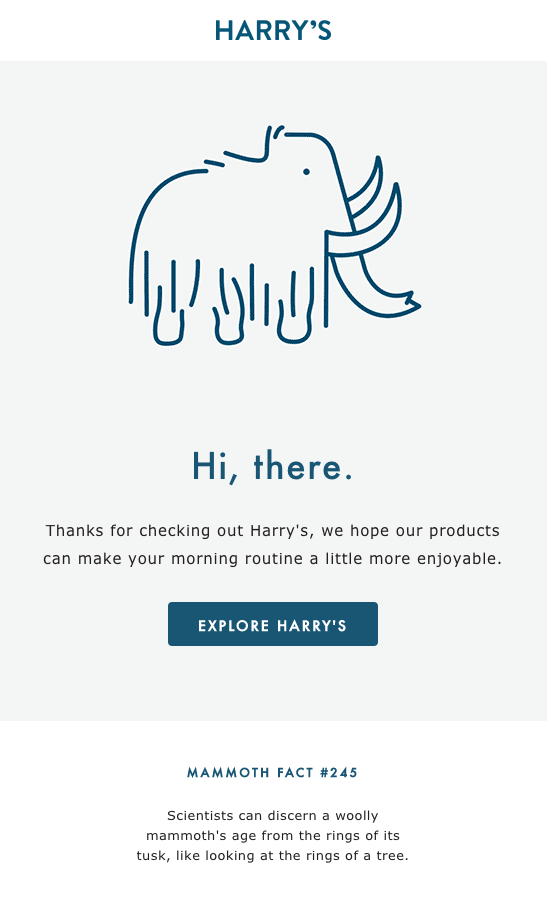
Ready to take your email marketing to the next level?
Increase your email marketing campaign sales with Wishpond’s expert marketing team. But don’t simply take our word for it, learn how SHOC made over $45,000 in sales with Wishpond’s email marketing tool!
Plus, Supercharge your eCommerce store with Wishpond + Shopify integration. You can easily customize emails to leads based on their activity in your Shopify store.
You can now track website pageviews, email engagement, and Shopify purchases inside Wishpond’s leads database.
Create newsletters, drip campaigns, and shopping cart abandonment emails using Wishpond’s email editor. Plus, customers can automatically apply Shopify discount codes and more from their emails.
8. Create Eye-Catching Exit Pop-Up
As annoying as pop-ups may be, you can’t deny that they do help to increase subscribers. They’re one of the 5 types of pop-ups you should use on your website.
An exit pop-up can be a form or overlay that appears when a website visitor is attempting to leave your site.
The thing about good exit pop-ups is that you have one last chance to convince your visitor to stay or keep in contact with your brand.
Merely asking them to stay won’t be enough, you’ll have to sweeten the deal or give them an offer they just can’t refuse. This means offering coupons, offers based on search history, FOMO of product availability, or alerts on how many people have purchased the product.
Feel free to get inspired by these 33 All-Star Popup Examples and 5 BIG Lead Generation Takeaways
eCommerce Example: Lush
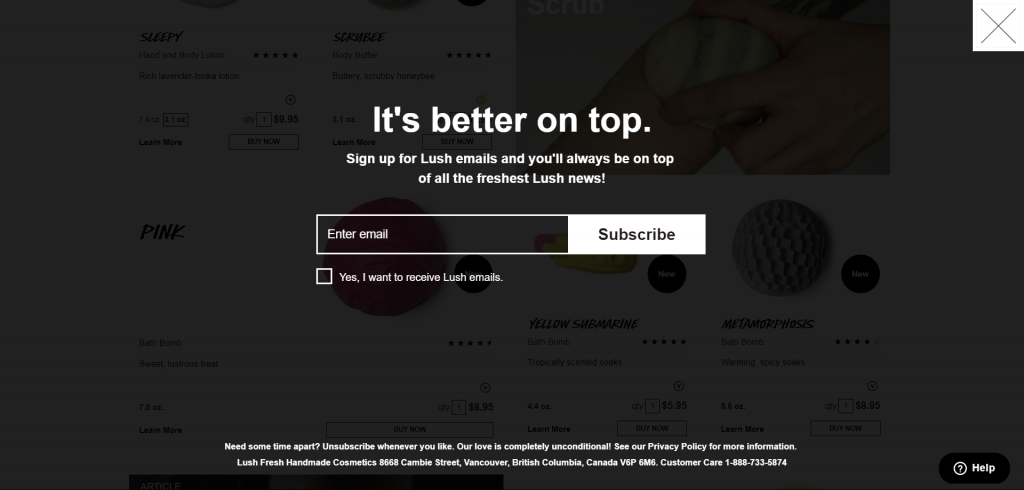
Create entry and exit pop-ups to capture leads and help market your eCommerce store with Wishpond’s pop-up builder.
Implement different pop-ups and create exit pop-ups, welcome mats, opt-in bars, and slide-in pop-ups. Plus, use Wishpond’s Shopify integration to add pop-ups to your eCommerce store.
Sounds like something you’d be interested in adding to your eCommerce store? Click here to see real-life brand examples and learn how Wishpond can help you to generate more leads.
9. Host Giveaway & Contest to Push Sales
Contest and giveaways are some of the most successful sales methods to add to your eCommerce strategy. Across all industries, eCommerce and beauty contests have the highest conversions and contest entries. In 2018, the global cosmetic market grew to an estimated 5.5% in comparison to the previous year. With skincare, haircare, and make-up.
Contests aren’t just about giving away free things. Contest CTA’s have a 3.73% higher conversion rate when compared to other CTA’s. Contest and giveaways have the power to boost eCommerce sales when done right. That’s how Wishpond helped BHU Foods to increase online sales by 5% by adding social media contests to their marketing strategy.
We found six ways to promote your business with social media contest, one of them is using your bestseller as the prize to attract more eCommerce sales.
Treat social media contests like mini ads for your products, as they get so much engagement. So that contestants can see why it’s your buyers’ first choice and why your prize is worth winning.
If you need more inspiration, here are 50 Affordable Giveaway Ideas You Can Use Today
eCommerce Example: Fab Fit Fun

Need help with your next contest?
Book a free call to learn how our team of contest experts can help you create a high converting social media contest today.
10. Increase Customer Service with Live Chat & Chatbots
Customer service is an essential factor when it comes to your eCommerce marketing strategy. Without it, no matter how good your products are, you’ll lose sales. Having live chat on your eCommerce store is your first line of defense or help for potential customers looking to make a purchase on your site.
As much as 89% of shoppers claim that they have stopped buying from online stores after experiencing poor customer service. And who can blame them? Unlike physical brick and mortar stores, customers can’t feel or touch products, returns take forever, and buying from a brand involves trusting them to deliver what you purchased.
The Econsultancy, found that live chat has the highest satisfaction levels for any customer service channel, compared to 61% for email and 44% for phone.
People want to talk to customer service reps and resolve their issues and answer questions in real-time, not five emails later.
eCommerce Example: Urban Outfitters
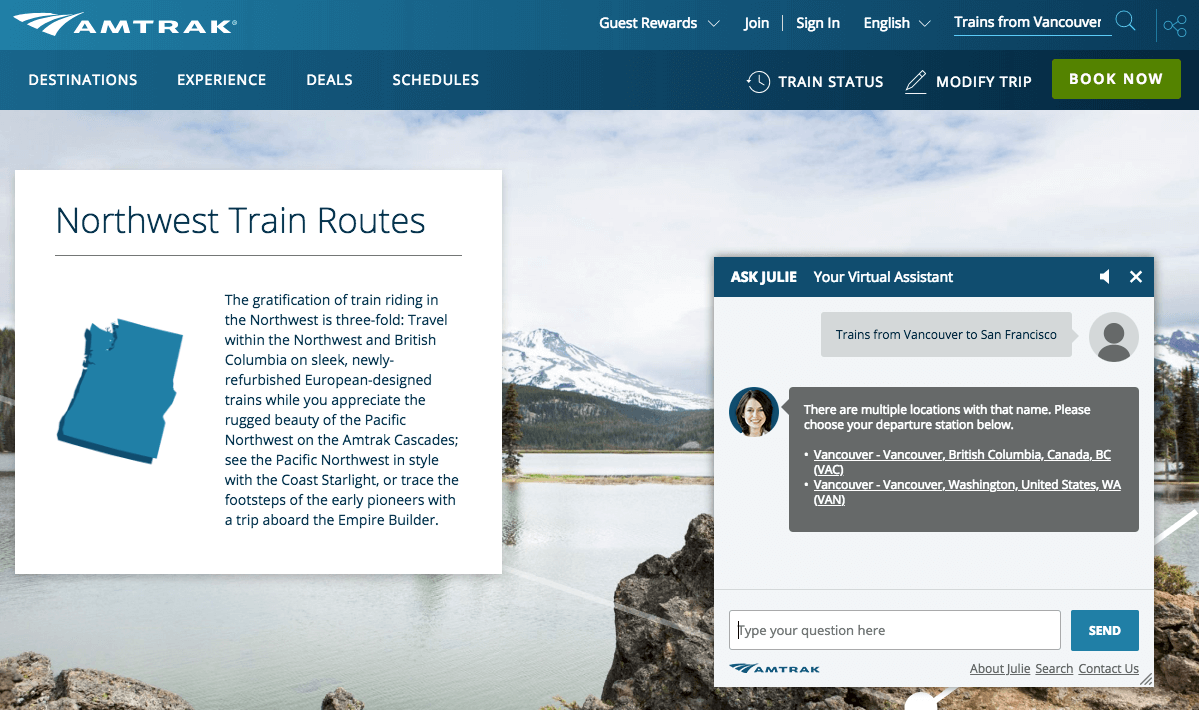
When it comes to live chat, you can use tools like Zendesk, Crisp, or LiveChat to resolve your customers’ issue.
But resolving the issues isn’t the end game; it’s making a happy customer. Around 70% of complaining customers responded that they would do business with your company again if you resolve the complaint in their favor.
11. Reduce Shopping Cart Abandonments
Believe it or not, this is every eCommerce store owner’s worst nightmare, shopping cart abandonment. The average shopping cart abandonment rate is around 68.8%.
Shopping cart abandonment is when a visitor comes to your eCommerce store, fills up their cart with products and for whatever reason, they leave without making a purchase, which amounts to losing sales.
There are a lot of reasons shoppers abandon their carts. One of the top three reasons are due to high shipping cost, complicated purchase process, or they found a better offer from a competitor.
Try one or all of these 5 Proven Strategies to Combat Shopping Cart Abandonment to help you get back those lost sales!
12. Use Upselling Apps
If you haven’t been upselling your eCommerce products, then you should start ASAP. So what’s Upselling?
Upselling is the art of nudging the customers to buy something additional. Ever walk into a store to buy one item, but by the time the sales rep “helps you” find your item, she’s also helped you buy five more items that go along with it.
That’s the magic of upselling.
You can also upsell your products with the help of eCommerce personalization. This means showing individualized offers, product recommendations, and other content to your visitors based on their previous actions, demographics, and other personal data.
eCommerce Example:Tanner Goods
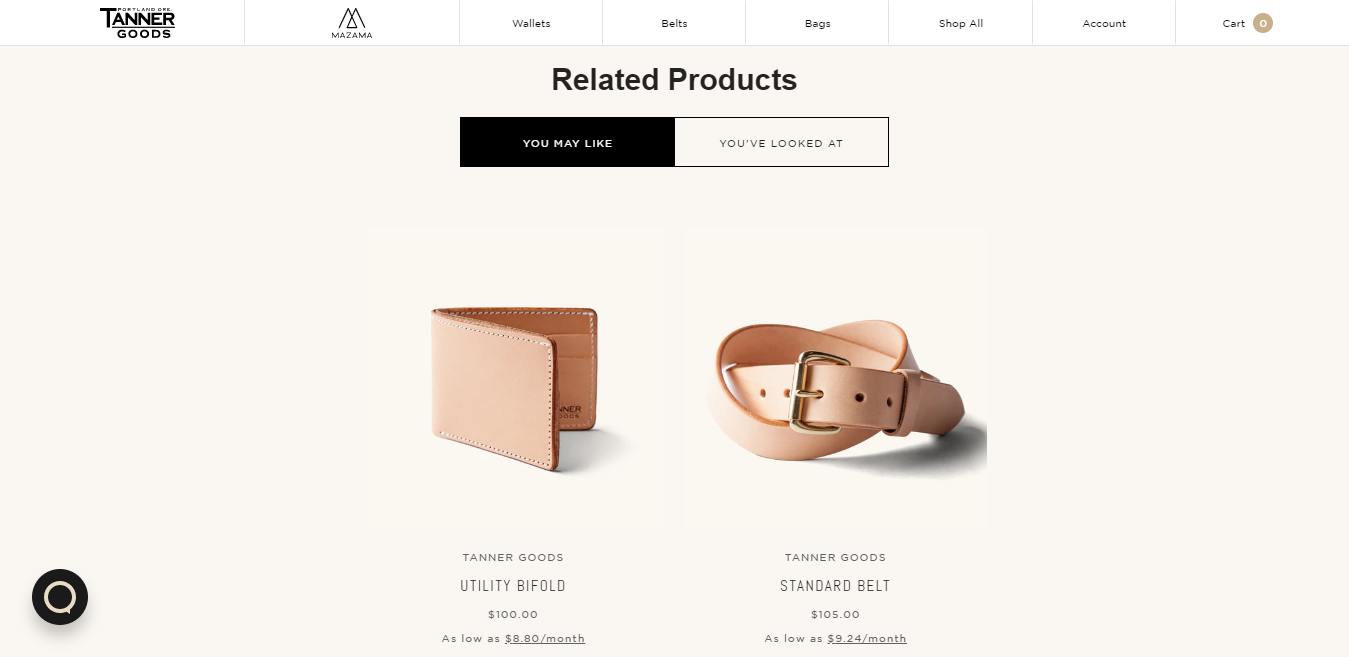
Here are the 12+ best Shopify apps for upselling you can start using today!
13. Integrate Payment & Subscription Plans
Offering customers multiple payment options when shopping on your eCommerce store is a great eCommerce marketing strategy.
Not everyone wants to use a credit card to pay for a purchase. Some people may prefer to use Apple Pay, Paypal, or even Payment plan apps like AfterPay or Klarna.
Speaking of Klarna, they found that 40% of consumers would spend more money on a purchase if they had the option to finance at the checkout.
eCommerce Example: 48th Coffee
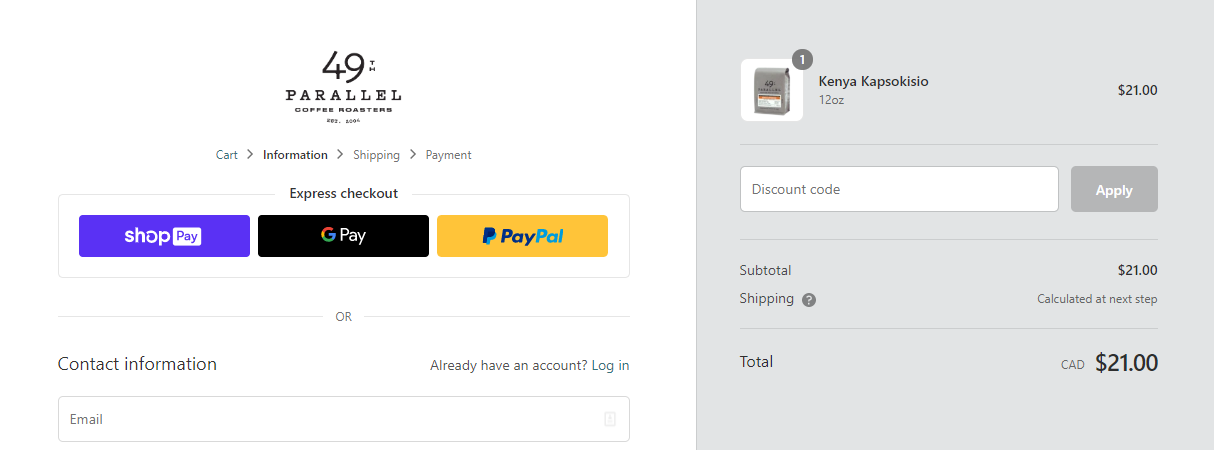
14. Invest in a Great Lead Management Tool
Lead management allows you to gather customer interactions across all channels in one place. Taking them from point A to B successfully. Proper lead management will enable you to separate qualified leads from dead ends and turn potential customers into loyal customers.
Managing leads effectively improves customer experience, satisfaction, retention, and service. This eCommerce marketing strategy allows you to accessibly find, manage, and make the most out of your email subscription list.
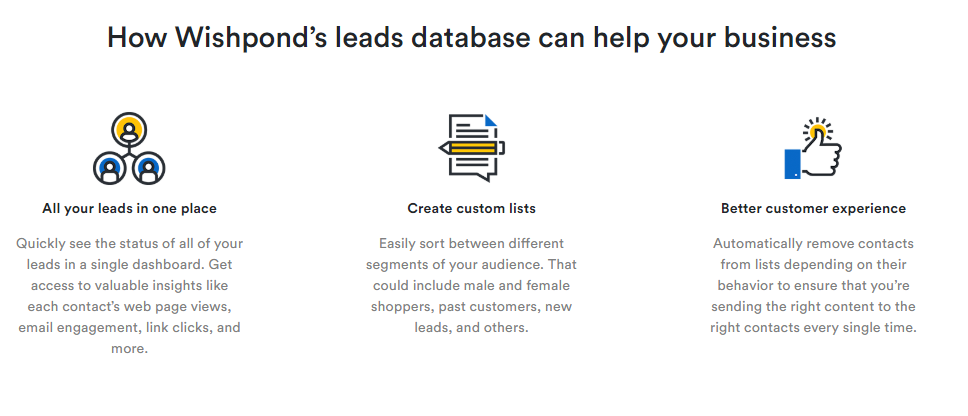
But you’ll need the right lead management platform, like Wishpond. Our platform includes powerful integration with your email marketing, eCommerce store orders, tickets, and lead generation campaigns.

Wishpond’s Marketing Team
Need a hand implementing your marketing strategy?
Our team of dedicated experts (marketers executives, project managers, ad specialists, designers, and copywriters) will work with you to set up a custom marketing strategy made specifically for your business.
Take the Guesswork Out of Marketing With a Team of Professionals
Your marketing executive will work with you to ensure your campaign is a success. Get unparalleled support 24/7 with access to designers, ads specialists, content writers, and more. Get Started
Summary
Running an eCommerce store without a game plan will only lead to a dead end. With the right eCommerce marketing tips and strategies, you can test tools, tactics, and workflows that will help you increase sales and improve your overall brand presence.
At the end of it all, it’s about finding what works best for you and your eCommerce store. Here’s a quick recap of the 14 best eCommerce marketing tips and strategies that boost sales:
- Reward Your Loyal Customers
- Optimize for Mobile Shopping
- Optimize your Product Pages with Personalization
- Create Local Google Ads
- Leverage User-Generated Content
- Allow Customers to Buy Anywhere
- Send Follow Up Emails
- Create Eye-Catching Pop-Up
- Host Giveaway & Contest to Push Sales
- Increase Customer Service with Live Chat & Chatbots
- Reduce Shopping Cart Abandonments
- Use Upselling Apps
- Integrate Payment & Subscription Plans
- Invest in a Great Lead Management Tool
Related Articles
- How to Build Customer Loyalty For Your Ecommerce Business
- Maximize Your Customer Loyalty Strategy by Keeping Your Rewards Program on Track
- The Ecommerce Guide to Online Marketing: How to Drive Traffic, Get More Sales, and Keep your Customers Coming Back
- How to Set Up an E-commerce Marketing Funnel that Gets You Customers
- 8 Actionable Tips to Use Social Media for eCommerce Sales
- 8 Amazing Ways to Use Google Analytics for E-Commerce
- 10 Amazing eCommerce Instagram Accounts and Examples We Learned From
- 21 Shopify Marketing Strategies You Need to Know in 2022


